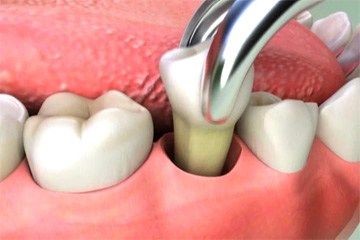Extraction

3. Anesthesia and Sedation: Before the extraction, the dentist will administer a local anaesthetic to numb the area around the tooth. In some cases, conscious sedation or general anesthesia may be used, particularly for complex or multiple extractions or for patients with dental anxiety.
Dental extraction is a common dental procedure performed when a tooth cannot be saved or poses a risk to oral health. Your dentist will evaluate your specific situation, discuss the procedure with you, and provide appropriate care and instructions before, during, and after the extraction.
To schedule your appointment